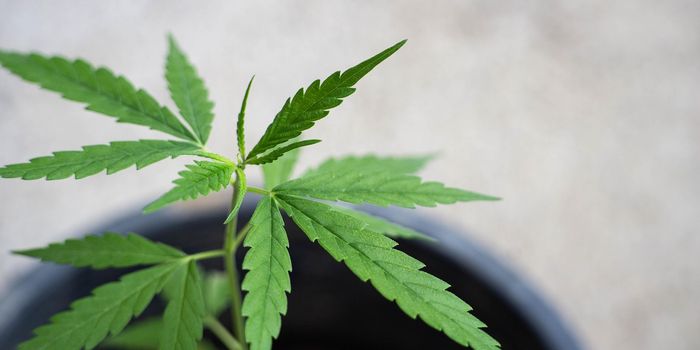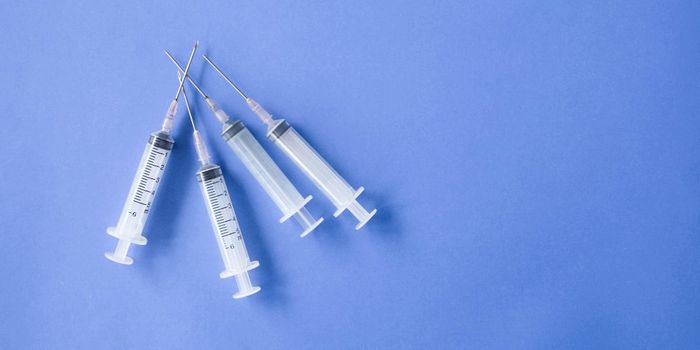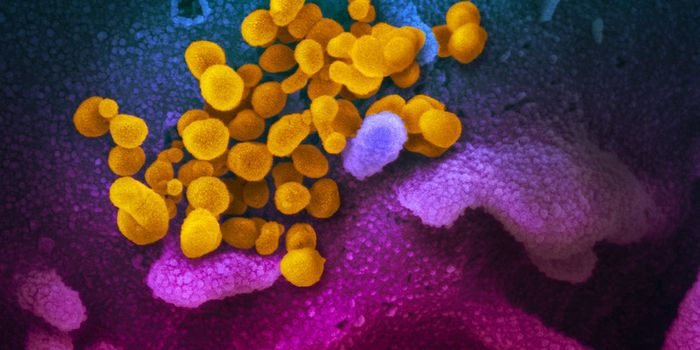Is There a Suicide Gene?
With suicide often linked to psychiatric disorders, a search for its biological underpinnings is only natural. Researchers published their latest work in the journal Biological Psychology where they traced an increase in suicide risk to a locus on chromosome 7.
In this genome-wide association study, researchers analyzed genes from just under 30,000 suicide attempt cases and over 500,000 controls in the International Suicide Genetics Consortium. They found two loci associated with suicide attempts – the major histocompatibility complex and an intergenic locus on chromosome 7.
Even though there is genetic overlap between suicide attempts and psychiatric disorders, especially major depression, and mental illness is a risk factor for suicide, this latter locus was associated with an increase in suicide attempts in people without a concomitant psychiatric disorder. This locus was also associated with risk-taking behavior, smoking and insomnia.
This risk for suicide in those without psychiatric illness is especially true for the elderly. In a recent study in the American Journal of Geriatric Psychiatry, many people aged 65 and older who attempted suicide didn't actually meet the criteria for major depression – only half of the people in this age range met the criteria compared to three quarters in the middle-aged and young adult age groups.
Suicide is the 10th leading cause of death in North America and the leading cause of death in 15 to 24 year olds worldwide. Worldwide, suicide rates are highest in the elderly. Although women are more likely to be diagnosed with depression and attempt suicide, men are more likely to actually die by suicide, suspected to be from choosing more violent, lethal suicide methods.
Risk factors for suicide remain wide and varied and, aside from mental illness, can include substance abuse disorders, traumatic brain injuries, childhood sexual trauma, a family history of suicidal behavior, loss of a parent to suicide in early childhood, death of a loved one, divorce, diagnosis with chronic illnesses, lower income and work in professions with access to lethal methods for suicide, such as farming, medicine and law enforcement.
In the US, where suicide rates had risen by 1.5% every year since 2000 while globally on the decline, data from 2020 showed that suicide rates surprisingly, despite the pandemic, were on the decline in this country compared to 2019. Perhaps ironically, the largest monthly drop was in April of 2020 when COVID-19 deaths were peaking. This was true for ages 35 to 74, but for younger people between ages 10 and 34, suicide rates actually increased.
Sources: Medscape, Biological Psychiatry Am Journ of Geriatric Psychiatry, JAMA Psychiatry, BBC








